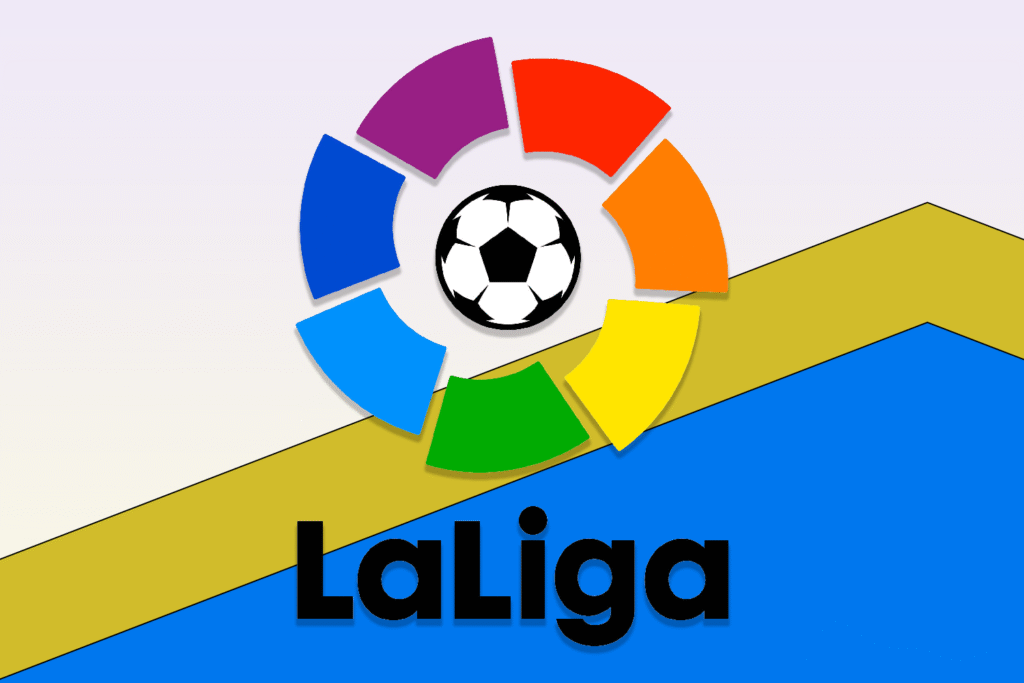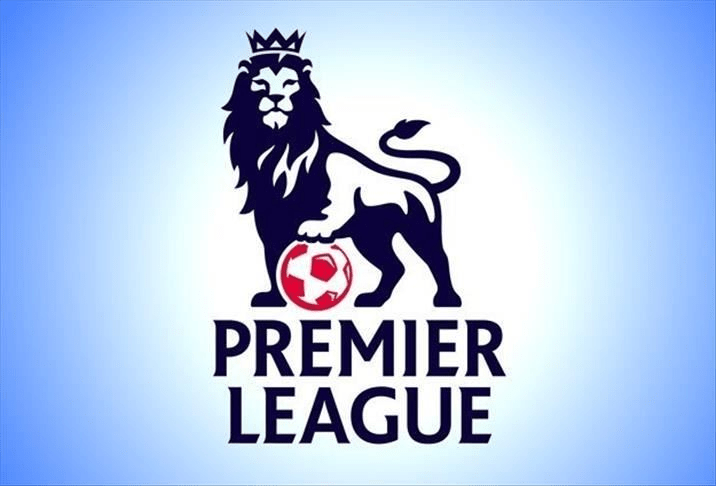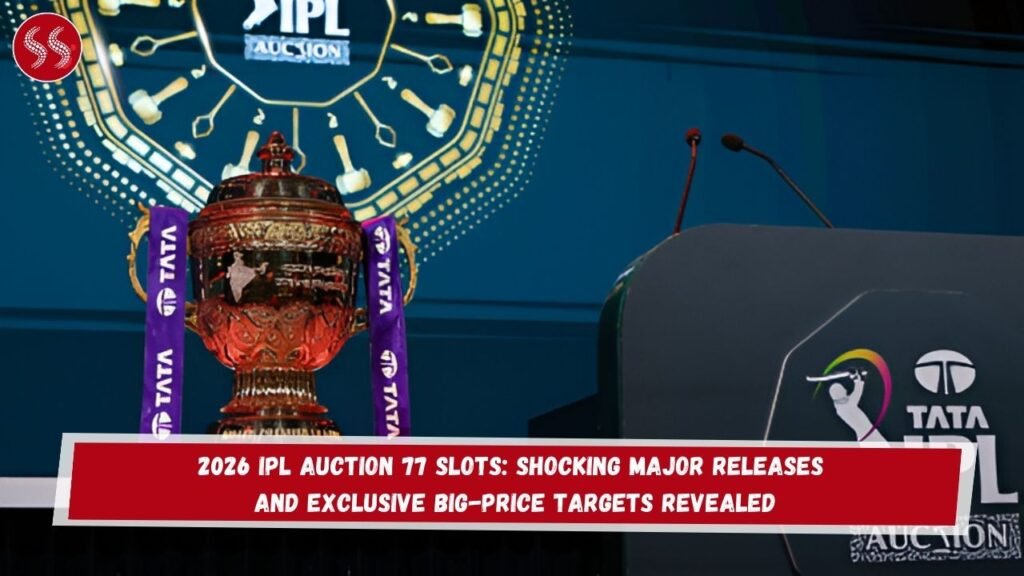Thrilling, passionate, and steeped in tradition, European football is often seen as the heartbeat of global soccer. While tournaments like the FIFA World Cup and UEFA Champions League capture global attention occasionally, it’s the domestic European leagues that deliver relentless, week-in and week-out excitement. These leagues are far more than just competitions—they’re cultural phenomena. With electrifying stadium atmospheres, die-hard fan bases, dramatic title races, and intense relegation battles, Europe’s top football leagues consistently serve up some of the most thrilling action in the world of sports.
But what makes a football league “thrilling”? It’s not just about the big-name players or how many trophies a league’s teams win—it’s about competitiveness, unpredictability, iconic rivalries, youth talent pipelines, and the raw passion that keeps fans on the edge of their seats. Here’s a deep dive into the Top 5 Most Thrilling Football Leagues in Europe, ranked not just by popularity, but by how consistently they deliver electrifying football action.
5. Ligue 1 (France)

Often underrated due to Paris Saint-Germain’s domestic dominance, Ligue 1 is far more thrilling than a one-club league. France’s top-tier division has established itself as a goldmine for emerging talent and a testing ground for tactical evolution. While PSG, with stars like Kylian Mbappé and Neymar, command attention, clubs such as Lille, Lyon, Marseille, Monaco, and Lens have consistently challenged the elite, proving that Ligue 1 has depth and dynamism. The 2020–21 season was a case in point, with Lille winning the title ahead of PSG thanks to a well-organised, disciplined squad and standout performances from players like Burak Yılmaz and Mike Maignan.
Ligue 1 is also a renowned exporter of talent. From Thierry Henry to Karim Benzema, and more recently to the likes of Eduardo Camavinga and Aurélien Tchouaméni, French clubs have developed a reputation for nurturing stars who later shine on the global stage. Additionally, Ligue 1 provides a wide tactical spectrum, ranging from PSG’s possession-based flamboyance to Lens’ high-pressing underdog tactics. The league’s structure encourages youth development and innovation, making it one of the most exciting competitions for future-focused football fans. The raw pace, unpredictability, and sheer talent emerging from Ligue 1 ensure that it remains one of Europe’s most thrilling leagues.
4. Serie A (Italy)

Thrilling and unpredictable, Italy’s Serie A has undergone a remarkable transformation in recent years, shedding its reputation for defensive rigidity and emerging as a league defined by flair, attacking play, and tactical brilliance. While once revered primarily for its defensive mastery and strategic depth, modern Serie A now strikes a compelling balance between tradition and high-octane football. Although Juventus reigned supreme throughout the 2010s with nine consecutive titles, the 2020s have ushered in a dynamic new era where no champion is guaranteed and every season is a thrilling battle for supremacy.
Inter Milan clinched the 2020–21 title under Antonio Conte, ending Juve’s reign. The following season, their city rivals AC Milan captured their first Scudetto in over a decade, followed by Napoli’s emotional triumph in 2022–23, marking their first league title since the Diego Maradona era. Serie A is also rich in footballing drama and romanticism, with legendary players, charismatic managers like José Mourinho, and intense rivalries such as the Derby della Madonnina (AC Milan vs Inter) and Derby d’Italia (Juventus vs Inter).
3. Bundesliga (Germany)

The Bundesliga, Germany’s top football division, is a thrilling blend of attacking football, high-octane pace, and fan-focused culture. Often labelled the most entertaining league in terms of goals per game, the Bundesliga delivers excitement week after week. What makes it particularly fascinating is its commitment to youth development and club sustainability. The league operates under the “50+1 rule,” ensuring fans maintain majority ownership in most clubs, which helps preserve the integrity and community-centred ethos of German football.
While Bayern Munich has maintained a strong grip on the league title in recent years, the Bundesliga is far from predictable. Borussia Dortmund, RB Leipzig, Bayer Leverkusen, and Eintracht Frankfurt have all played key roles in ensuring the league remains competitive and vibrant. The emergence of young stars such as Jamal Musiala, Florian Wirtz, and Youssoufa Moukoko showcases the league’s incredible talent pipeline. Moreover, stadiums like Dortmund’s Signal Iduna Park, home to the famed “Yellow Wall,” and Schalke’s Veltins-Arena offer some of the most passionate atmospheres in football.
2. La Liga (Spain)

La Liga, Spain’s premier football division, is renowned for its technical brilliance, elegant and thrilling gameplay, and a long-standing tradition of producing some of the world’s greatest footballers. Historically dominated by Real Madrid and Barcelona, La Liga offers a spectacle of footballing artistry. The rivalry between these two giants, known as “El Clásico,” is arguably the most intense and globally followed fixture in club football. However, La Liga is not a two-horse race. Clubs like Atlético Madrid, Sevilla, Real Sociedad, and Villarreal have consistently challenged the status quo, making the league far more competitive than it’s often credited for.
One of the defining traits of La Liga is its focus on youth development and tactical sophistication. Clubs like Barcelona and Athletic Bilbao are famous for promoting homegrown talent through systems like La Masia and Lezama. Players such as Lionel Messi, Andrés Iniesta, and Xavi were all products of these development pipelines. Even after Messi’s departure in 2021, the league has seen exciting talents like Pedri, Gavi, and Vinícius Júnior take the spotlight. In recent years, Atlético Madrid’s triumph in the 2020–21 season and Real Madrid’s resurgence under Carlo Ancelotti have revitalised the competitive edge of the league.
1. English Premier League (England)

The English Premier League(EPL) is widely considered the most competitive and thrilling football league in the world. Launched in 1992, it transformed English football into a commercial and cultural juggernaut, attracting global superstars and massive international viewership. What sets the EPL apart is its sheer unpredictability and also its thrilling gameplay. From the title race to the relegation battle, every match can defy expectations. Even lower-table teams often manage to upset the giants, keeping the league fresh and fiercely contested. The “Big Six” clubs—Manchester United, Liverpool, Chelsea, Arsenal, Manchester City, and Tottenham Hotspur—have created a dynamic power struggle that fuels debates, headlines, and intense on-field encounters.
The league is also blessed with some of the most iconic rivalries in world football: the North West Derby (Manchester United vs Liverpool), the North London Derby (Arsenal vs Tottenham), and the Manchester Derby (City vs United), to name a few. Stadiums like Anfield, Old Trafford, and Stamford Bridge create electrifying atmospheres that elevate every fixture. Additionally, the Premier League’s global reach is unmatched, with broadcasts in over 200 countries and fan bases spanning continents.
Conclusion
Europe’s domestic football leagues are the beating heart of the global game. Each of the top five leagues—Premier League, La Liga, Bundesliga, Serie A, and Ligue 1—brings its distinct character, drama, and flair to the table. The Premier League sets the gold standard for unpredictability and spectacle. La Liga enchants with its technical artistry and iconic rivalries. The Bundesliga enchants with thrilling goals and crowd passion. Serie A mesmerises with a balance of history and tactical evolution, while Ligue 1 excites as a hub of youth development and future stars. Together, these leagues do more than just entertain—they shape the present and future of world football.
SEE MORE :



